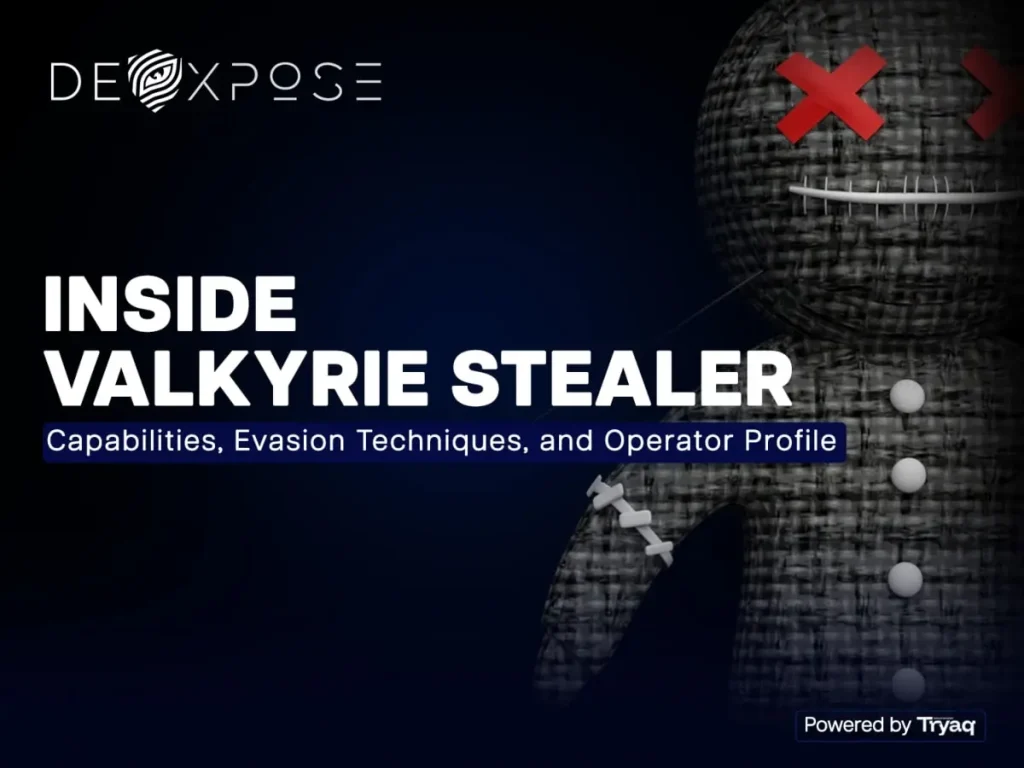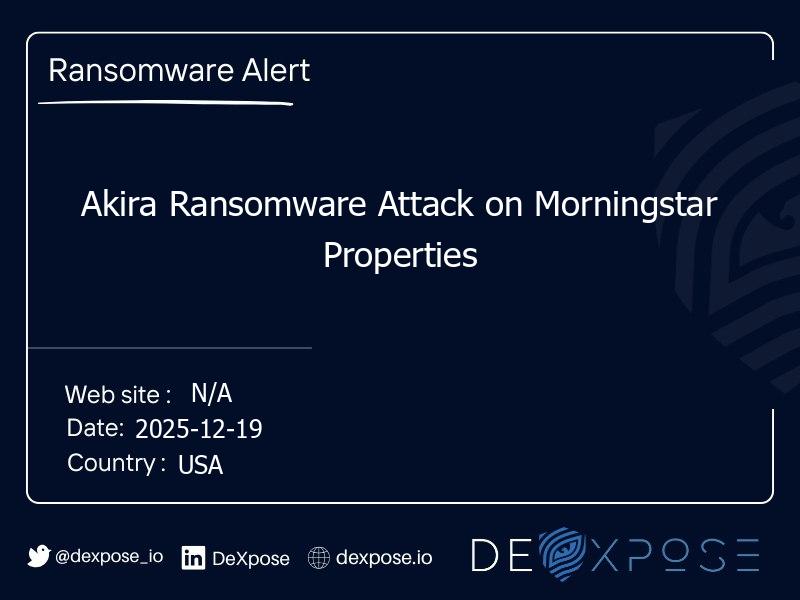In an era where data is a business’s most valuable asset, robust protection at the database layer is non-negotiable. Implementing pragmatic, repeatable measures helps prevent leaks, reduce the attack surface, and speed recovery after incidents. This guide focuses on practical Oracle database security best practices you can adopt today to harden systems, reduce risk, and build measurable controls into development and operations workflows.
Why oracle database security matters for modern organizations
Databases store customer records, intellectual property, payment data, and configuration secrets all attractive targets for attackers. A single exploited vulnerability in an application can cascade into a complete database compromise unless layered with controls such as authentication, encryption, least privilege, and continuous breach monitoring. Investing in purpose-driven database hardening reduces incident impact, simplifies compliance, and protects brand trust.
Core principles of a strong database security posture
Before diving into tools and configurations, align your program around a few practical principles:
- Least privilege by default grant only the permissions needed for a role or process.
- Defense in depth combine network, application, and database controls so failures don’t become catastrophic.
- Auditable changes every schema, role, or configuration change should leave an immutable trail.
- Automated hygiene including scans, patching, and configuration checks should be part of the CI/CD process.
These principles guide technical choices, from encryption to role management and backup integrity.
Oracle specific controls and recommended configurations
Oracle offers a comprehensive feature set for database hardening; here are high-impact items to enable and tune, along with a Dark Web Scan to detect credential exposure.
Authentication & privileged account management
- Use centralized authentication (OCI Identity, LDAP/Active Directory) where possible to avoid local password sprawl.
- Limit and monitor privileged accounts (DBA, SYS) and require MFA for administrative access.
Data encryption
- Enable Transparent Data Encryption (TDE) for tablespaces and sensitive columns.
- Enforce TLS for all client-server connections and internal replication channels.
Fine grained access controls & least privilege
- Implement roles that map to application functions rather than broad privileges.
- Use Oracle Virtual Private Database (VPD) or Row Level Security for multi-tenant or shared-schema use cases.
Auditing, logging, and change tracking
- Turn on unified auditing and forward logs to a centralized SIEM.
- Track schema changes, role grants, and failed authentication attempts for forensics and compliance.
Threat detection & external exposure monitoring
Adequate protection includes proactive detection of stolen credentials and leaked data. Periodic checks, such as an Email data breach scan, help identify exposed accounts quickly. For enterprise readiness, combine in house logging with broader feeds and services a single Free Dark Web Report can serve as a fast initial check. In contrast, continuous Dark Web Monitoring or a scheduled Dark Web Scan and Breaches Monitoring feed provides ongoing visibility into leaks that affect credentials, API keys, or customer PII.
Implementation playbook prioritized 30 day sprint

Follow this concise roadmap to gain rapid risk reduction.
Week 1 Access and secrets:
Rotate admin passwords, can default accounts, and enforce MFA for admin portals.
Move any embedded credentials to a secrets vault.
Week 2 Encryption and network controls:
Enable TDE for high value tablespaces; require TLS for connections.
Apply network segmentation and restrict database egress to prevent unauthorized access.
Week 3 Least privilege and auditing:
Create role-based grants, remove excessive privileges, and enable unified auditing to enhance security and compliance.
Start forwarding audit logs to your SIEM.
Week 4 Automation and monitoring:
Add database checks to CI pipelines, schedule weekly vulnerability scans, and run an Email data breach scan for critical admin accounts.
Quick wins :
- Enforce parameterized queries in apps to reduce injection risk.
- Disable unused database features and listeners.
- Apply vendor patches for the database engine and the underlying operating system.
- Schedule regular backups and verify restore procedures.
Secure development practices that protect databases
Developers and DBAs must cooperate to reduce ORM misuse, risky SQL patterns, and credential leakage.
- Adopt secure coding standards favor parameterized queries and prepared statements over string concatenation.
- Include database migration checks in code reviews and CI ensure migrations don’t accidentally grant broad privileges.
- Run SAST/DAST scans to catch injection risks and insecure configurations before release.
These practices make application-to-database interactions safer and reduce the need for emergency patches.
Automation, monitoring, and incident readiness
Automation reduces human error and improves response time.
- Integrate database security checks into CI/CD pipelines (schema drift, insecure grants).
- Centralize logs: feed database audit trails to a SIEM and configure alerts for anomalous queries, privilege escalations, and bulk exports.
- Run periodic tabletop exercises and validate recovery time objectives (RTO) and recovery point objectives (RPO).
By using Dexpose to combine automated detection with tested response plans, organizations ensure faster containment and less operational disruption.
Cost effective monitoring options & third-party signals
For teams that cannot build full threat intelligence capabilities in-house, there are lightweight, high value options: a one-off Free Dark Web Report or a basic Dark Web Scan can quickly surface leaked credentials. Paid Dark Web Monitoring and Breaches Monitoring services provide continuous alerts and context for prioritizing forced resets and incident investigations.
Sample policy snippets copy/paste starters
Use these short policy kernels as starting points in documentation or teams’ runbooks.
- Password Rotation Policy: Admin credentials must be rotated every 30 days and stored only in the corporate secrets manager.
- Privileged Access Rule: Privileged sessions require MFA and are logged to a tamper-evident store.
- Backup Validation: Perform a quarterly restore test to validate backup integrity and recovery steps.
Metrics that prove progress
Track measurable indicators to show security improvements:
- Mean Time to Detect (MTTD) goal reduce by 50% in the first 6 months.
- Number of high-privilege accounts show downward trend as least-privilege is enforced.
- Percent of encrypted sensitive tables target 100% for regulated data.
These metrics align teams around concrete security outcomes rather than just completed tasks.
Common pitfalls and how to avoid them

- Overly broad privileges: Restrict roles and audit grants monthly.
- Unverified backups: Regularly test restores to ensure recovery works when needed.
- Blind logging: Collect logs centrally and music alerts noise hides real threats.
Avoiding these mistakes can dramatically improve resilience with minimal added cost.
Conclusion
Adequate database protection is a combination of proper configuration, secure development, and continuous monitoring. By following these practical steps from enforcing least privilege and TDE to running periodic scans and engaging Dark Web intelligence teams organizations can materially reduce risk and recover faster from incidents. Start with the prioritized 30-day sprint, make the hardening checklist part of your release gates, and measure progress with simple KPIs to sustain improvements in Oracle database security across your environment. Commit to iteration, and security will move from a project to an enduring capability.
Frequently Asked Questions.
Q1: How soon should I enable encryption for my Oracle databases?
Enable encryption (TDE) as soon as you identify any regulated or sensitive data ideally during initial deployment. If you have existing data, prioritize high-risk tables and plan a phased rollout to ensure a smooth transition.
Q2: Can I rely only on application controls to protect the database?
No application controls are necessary but not sufficient; they should be combined with database hardening, access controls, and monitoring. Defense in depth is the reliable option.
Q3: How often should I run dark-web checks for leaked credentials?
Run an initial scan immediately and schedule regular checks; a weekly or monthly cadence is typical, depending on risk. Automated alerts enabled by continuous monitoring are most effective for high-risk accounts.
Q4: What is the single most impactful quick win?
Enforcing least privilege remove unnecessary DBA-level grants from application accounts and require MFA for admins. This reduces the blast radius of most attacks.
Q5: How do I prove compliance and readiness to auditors?
Maintain auditable logs, documented policies (password rotation, backup validation), and restore test records. Evidence of enforcement and periodic reviews satisfies most audit queries.







